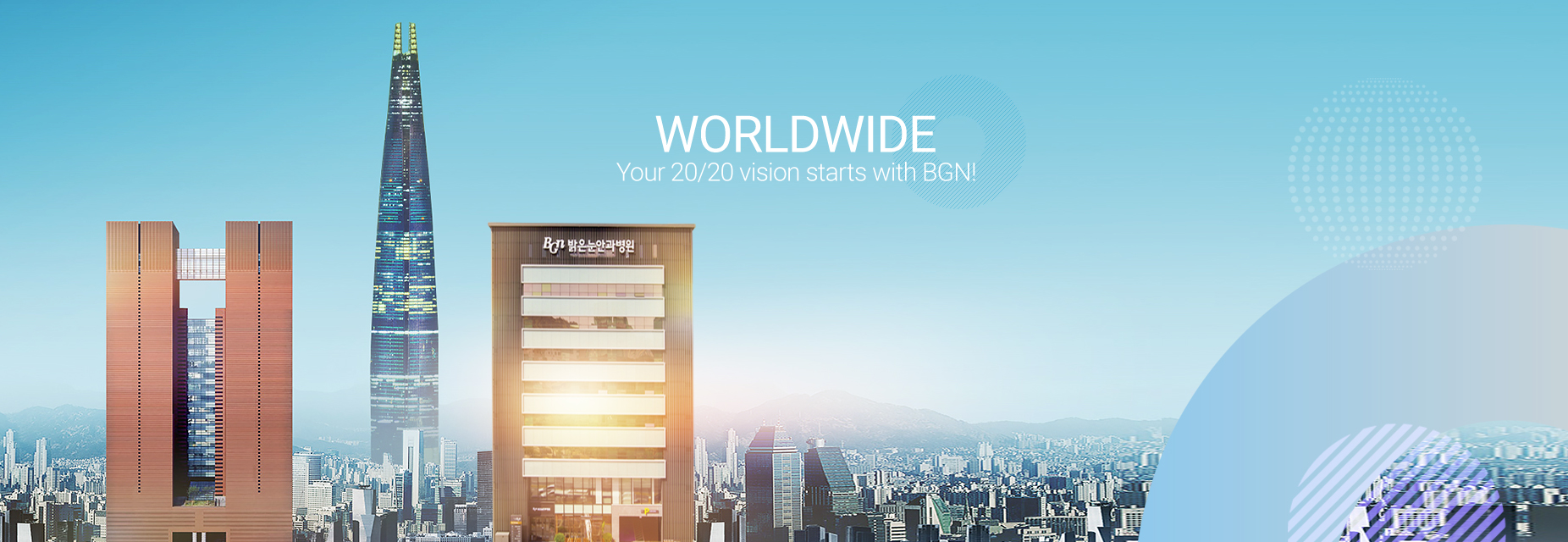
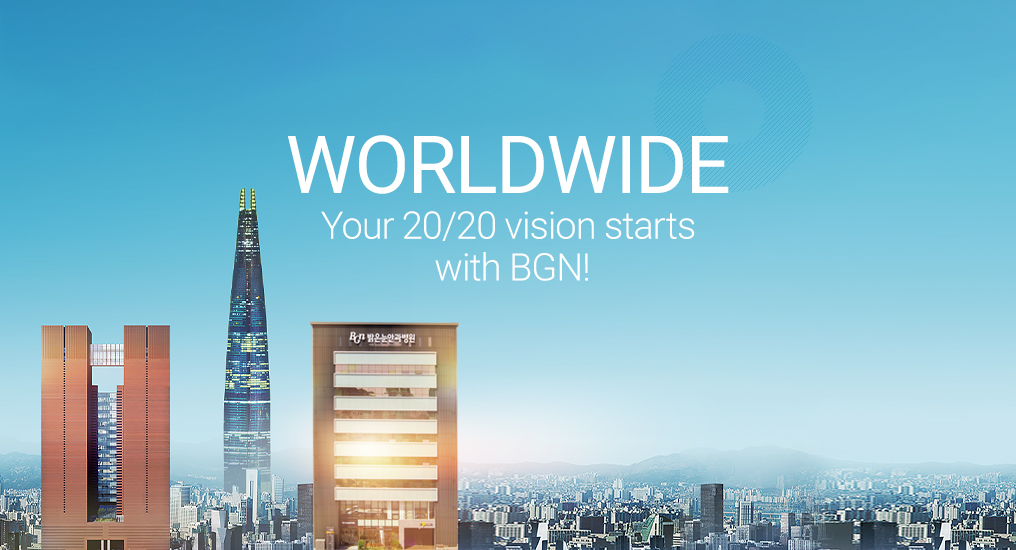




BGN Group is the largest group of ophthalmology clinics in South Korea and is equipped with the most advanced technology currently used in laser and cataract surgery (FDA & CE approved).
A combination of our technology and highly skilled professionals employed by our clinic has allowed us to claim over 400 000 successful eyesight correction cases so far.
We ensure that our patients get the best post-operative results by constantly developing new technologies and introducing new equipment.
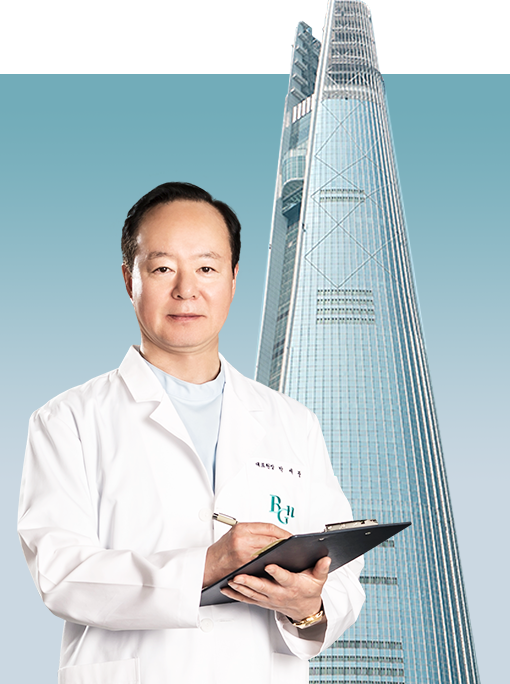
Korean Ophthalmological Association Eye Specialist, Ph. D.
Member of the Korean Ophthalmological Society
Member of Korean Society of Cataract and Refractive Surgery (KSCRS)
Member of the Korean Contact Lens Study Society
Member of American Academy of Ophthalmology
ICL/Intra Laser/DaVinci Doctor
ReLEx SMILE Surgery recognized qualifications

Chief Doctor at BGN in Gangnam/Eye specialist
Korean Ophthalmological Association MD
Member of the Korean Ophthalmological Society
Member of Korean Contact Lens Study Society
Member of Korean Society of Cataract and Refractive Surgery (KSCRS)
Member of American Academy of Ophthalmology
Daejeon Military Hospital Ophthalmologist
ICL/SMILE Doctor
A formal Chief Doctor at BGN Clinic in Busan
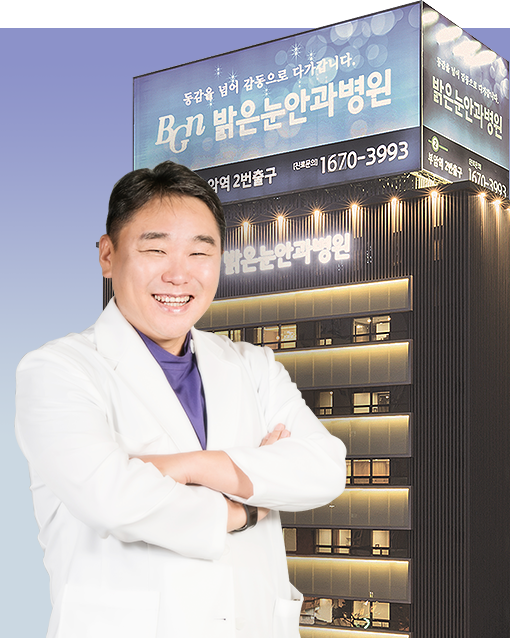
Korean Ophthalmological Association Eye Specialist, Ph. D.
Member of American Academy of Ophthalmology
Member of American Society of Cataract and Refractive Surgery
ICL/SMILE Doctor
Member of the Korean Ophthalmological Society
Member of Korean Society of Cataract and Refractive Surgery (KSCRS)
Member of the Korean Contact Lens Study Society
A director of BGN Eye Hospital in Busan


All of our facilities are equipped with the most modern and cutting-edge technology to ensure safety and the best outcome of operations.
Eye Examination Equipment

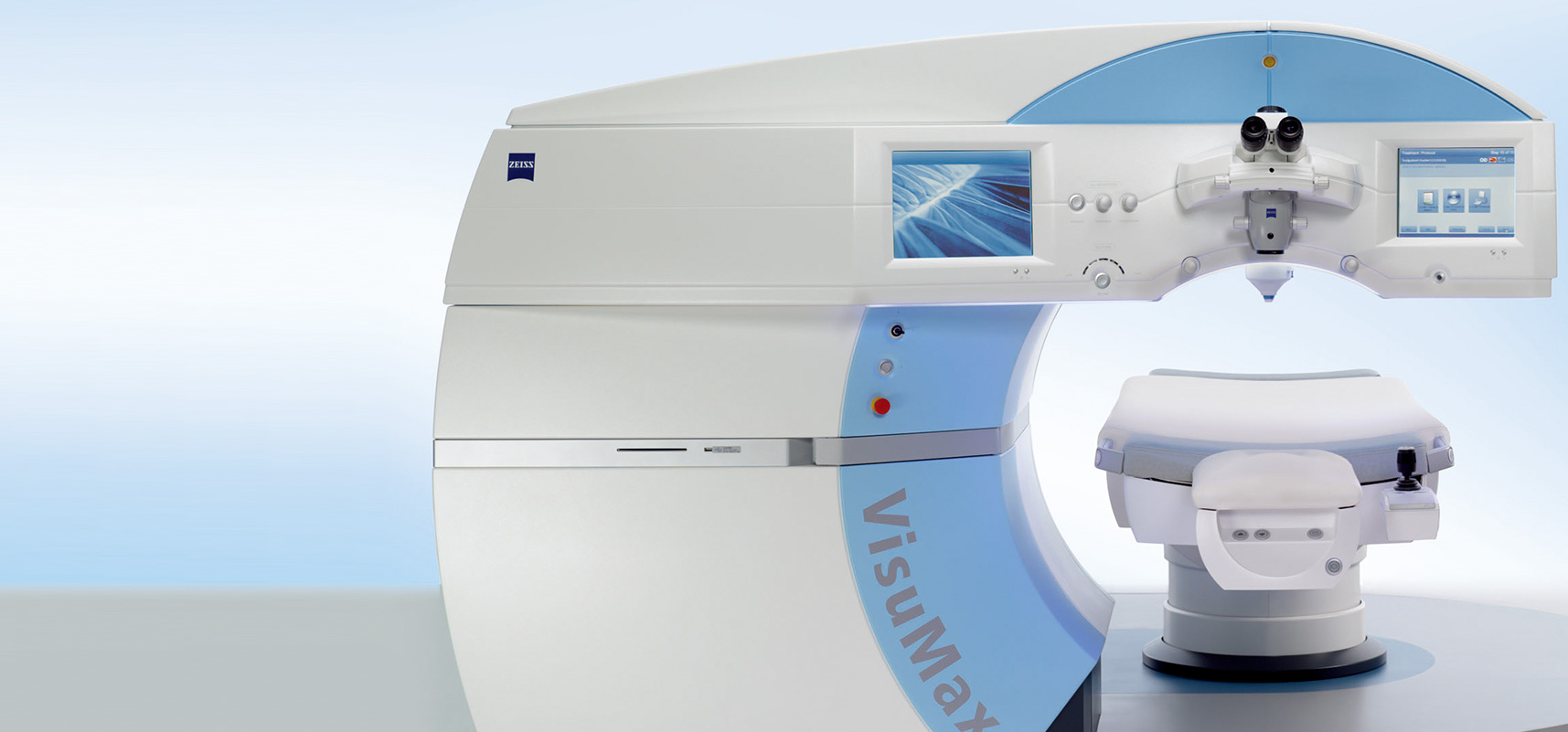
BGN Eye Group is equipped with 4 VisuMax, which is the largest number in Korea
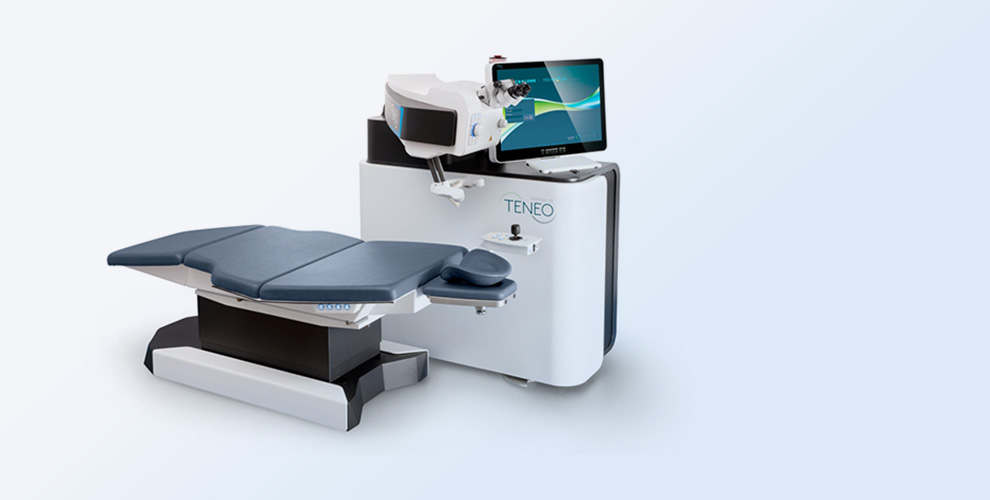
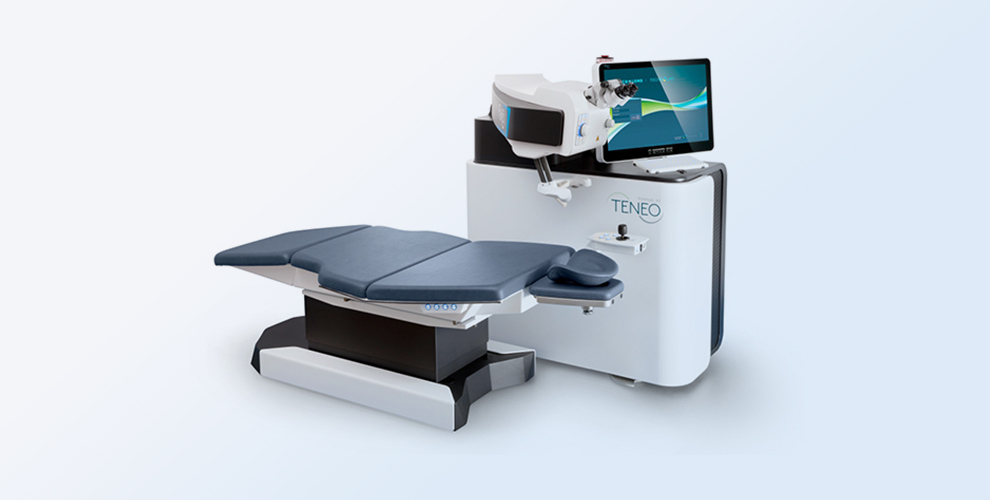
which shows the most accurate results with the help of the 3-dimensional high-speed control eye tracker.
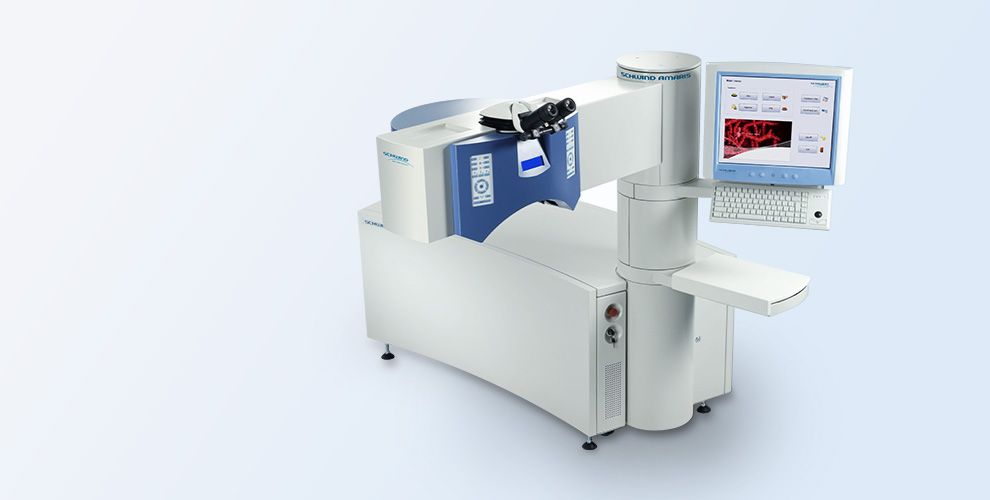

The SCHWIND AMARIS 750 combines highest speed with extremely high precision.


View More

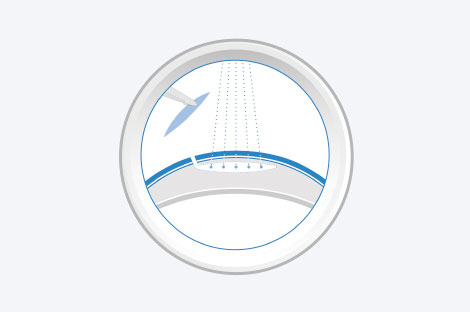
Intrastromal lenticule extraction (Flapless)
| Advantage | Minimum corneal damage and fast recovery |
| Disadvantage | Price |
| Recovery | 3-5 Hours |
SMILE LASIK is the most advanced procedure existing in modern laser surgery. The first minimally invasive vision correction procedure offers high safety and comfort to patients. The desired vision is achieved by creating a lenticule inside the cornea, which is later removed through a small (1.5~2mm) incision. The cutting-edge technology used for performing SMILE surgery is provided by the lead manufacturer Zeiss. The laser is characterized by supreme precision and speed.
Speedy recovery
Patients may pursue normal daily routine from the next day
The least invasive, hence the safest method
No pain or other severe discomfort followed after the surgery
Decreases after surgery xerophthalmia (eye dryness)
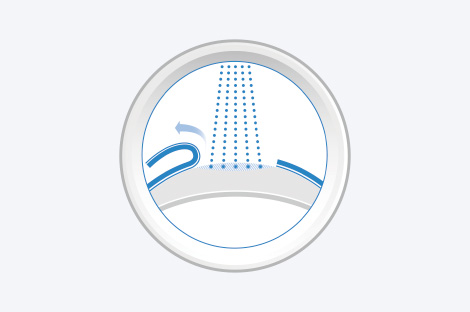
Stromal Ablation (Flap)
| Advantage | Relatively fast recovery |
| Disadvantage | Weak to external impact |
| Recovery | 2 Days |
Custom LASIK adds a lot more personalization to the standard LASIK surgery. All measurements taken during the eye examination are used to create a precise map of the refractive errors (including the higher-order aberrations (HOAs) that cannot be fixed with regular contact lenses or glasses). Based on the patient's personal data laser is programmed in a way so it could deliver an absolutely personalized vision correction.
The highest level of preciseness
Fully customized procedure
Around 25 times more accuracy compared to traditional LASIK
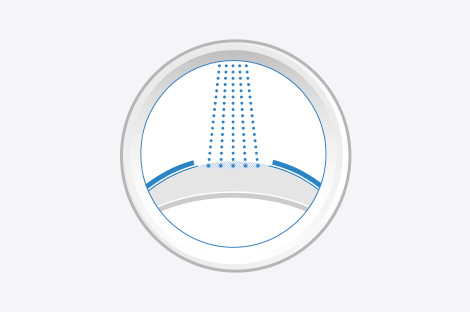
Subepithelial ablation (Layer Removal)
| Advantage | Resistant to external impact |
| Disadvantage | Slow recovery and pain for a few days |
| Recovery | 5~7 Days |
The cutting-edge laser technology has allowed doctors to perform LASEK surgery without harsh methods such as using medication or blades. Laser Fit LASEK is a sole laser or blushing (doctor controlled) performed surgery, characterized by high preciseness and causing less tissue loss of the cornea.
High preciseness
Preventing corneal opacity and fuzzy night vision
The laser is applied to the eye without a mild ethanol solution in order to reduce injury

| 2mm Cut | |
| Low Energy | |
| Cross-Linking (CXL) | |
| Treatment for Dry Eyes |
| 1.8mm Cut | |
| Low Energy | |
| Cross-Linking (CXL) | |
| Treatment for Dry Eyes |
| 1.7mm Cut | |
| Low Energy | |
| Cross-Linking (CXL) | |
| Treatment for Dry Eyes |
Incision - 2mm

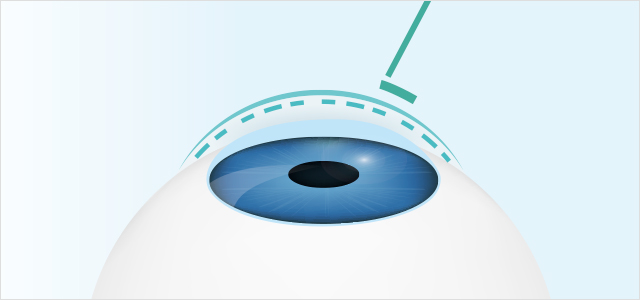
CXL – Enhancement of Corneal Epithelial Cells
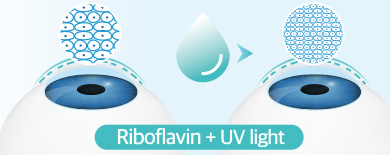
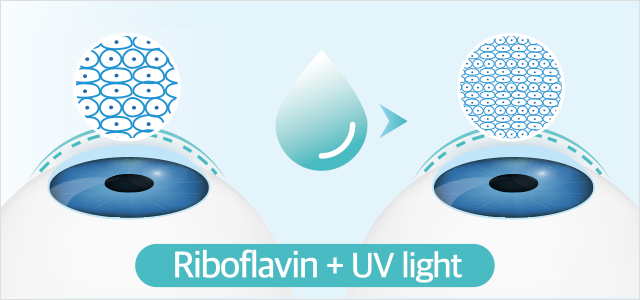
Energy
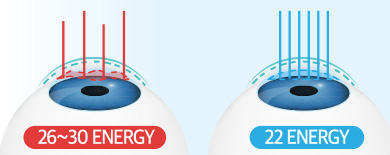
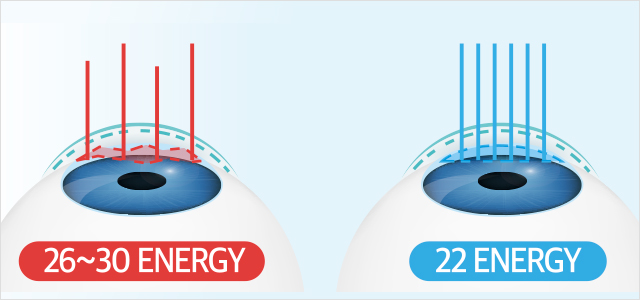
Treatment for Dry Eyes
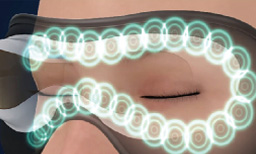
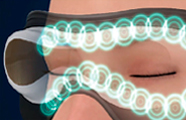
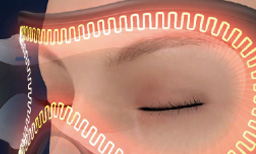


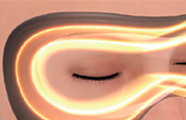
Punctal plugs are tiny, biocompatible devices that can be inserted into tear ducts to block drainage.
Healon (Sodium Hyaluronate) moistens, soothes and lubricates the surface of your eyes, making it feel more comfortable.
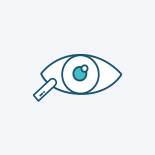
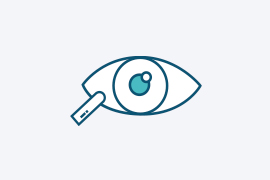
Punctal Plug


Healon Eye Drop

ICL implantation is an alternative vision correction method for patients with thin cornea and high myopia/astigmatism, as unlike LASEK/LASIK the procedure does not require tissue to be removed from cornea.
Safe & Effective
Reversible process
Fast recovery
Excellent visual acuity

Aqua ICL+
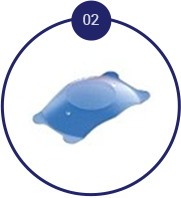
ICL
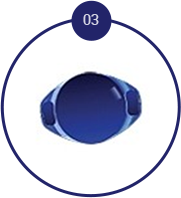
Toric Artiflex
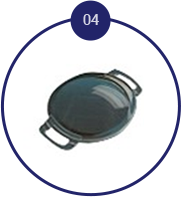
Artiflex
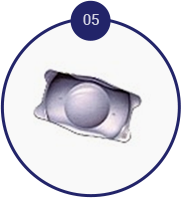
Toric Aqua ICL
Artiflex lens is positioned in the anterior chamber in front of the iris. It is made of a foldable silicone material and can be inserted through a small incision. To make the natural aqueous flow possible it requires a small incision to the iris.
Aqua ICL is a new implantable contact lens that offers a sharper, clearer, and more vivid vision correction without an incision to the iris. It is placed behind the iris and in front of the natural lens. The placement of the lens makes it invisible to the patient and any observer.
There is a hole in the center of the lens which assists the flow of aqueous fluid. The improved aqueous flow greatly reduces the possibility of cataract caused by the contact between ICL and the natural lens of the eye.

A clouding of a natural lens in the eye is called a cataract. Usually, cataract starts in patients after age 50, but it can be noticed in younger patients as well, mostly caused by trauma.
During cataract surgery the natural lens is removed and artificial intraocular lens is inserted instead of it.
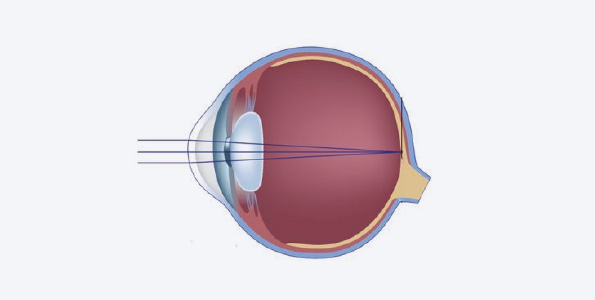
Normal Lens
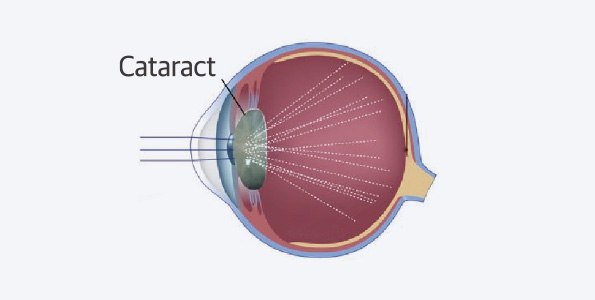
Cloudy Lens
An age-related process caused by the loss of elasticity of the human lens. The lens becomes stiffer as the structural crystallin proteins become misfolded. This increased lens stiffness limits the eye’s ability to adjust its focus for reading or other tasks that require clear vision at near distances.

Normal View

Presbyopic view
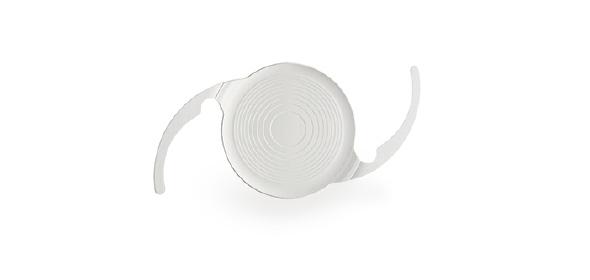
Multifocal lenses are very similar to glasses with bifocal or progressive lens. Multifocal IOL is not fixed at one certain distance, instead it helps patients to see objects at all three distances.
Near
Approx. 40 cm (reading)
Intermediate
Approx. 80 cm (computer work)
Far
Beyond 100 cm (spatial orientation)
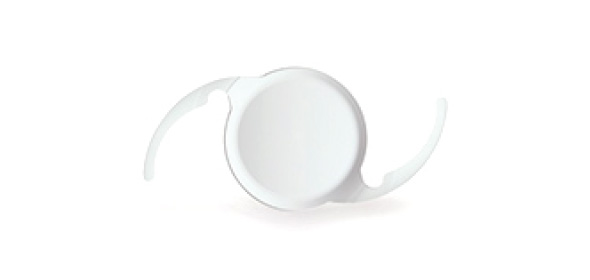
With this type of lens, your vision will be in focus at just one distance – either near, far, or intermediate distance. Patients may still require to wear reading glasses after surgery.
Only one distance

Corneal Dystrophy is an inherited eye condition that may not be detected until “triggered” by laser vision correction.
Symptoms may include white spots on the cornea, which affect vision.The corneal dystrophy gene mutations can be detected by the Avellino DNA testing.
DNA Test identifies autosomal dominant hereditary disorders involving the TGFBI gene, on chromosome 5.
BGN owns lab for DNA testing!
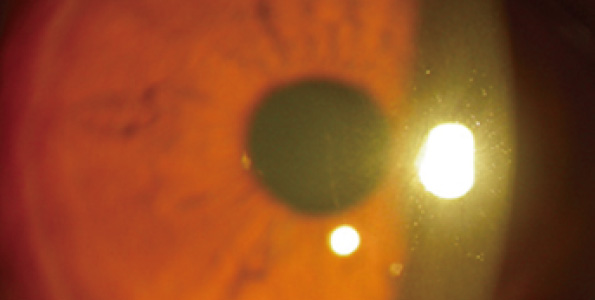
Normal
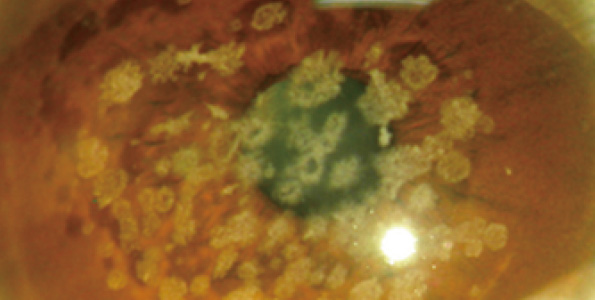
Abnormal
BGN provides DNA testing as a part of pre-surgery examination to ensure our patients' safety.
Avellino DNA testing is included in the cost of surgery!
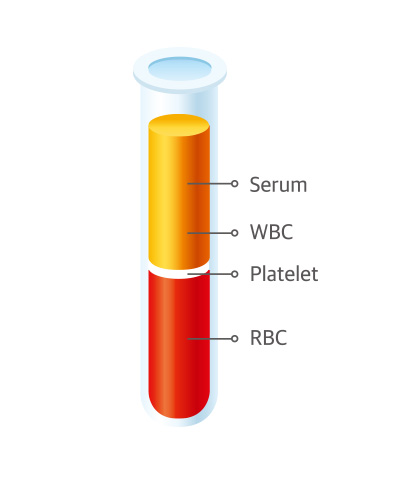
PRP Serum not only acts as a lubricant for the ocular surface, but also supplies several essential substances for the recovery of the damaged epithelium. Platelet-rich plasma (PRP) contains more concentrated platelets than whole blood and can be obtained via centrifugation from whole blood mixed with anticoagulant. Platelets are critically important in the wound-healing process. They translocate rapidly to the wound site and adhere to the damaged tissue, initiating a healing reaction that includes the release of a variety of cytokines and growth factors.
The main purpose of the corneal cross-linking (CXL) is to strengthen the cornea that has been negatively impacted by various eye diseases or other complications.
Eventually, after the treatment, patient’s cornea is a lot stronger and healthier than it was before the procedure. The procedure employs eye drops and UV light. Riboflavin drops (Vitamin B2) are applied to the stormal bed of the cornea, then UV light is used to activate the riboflavin.
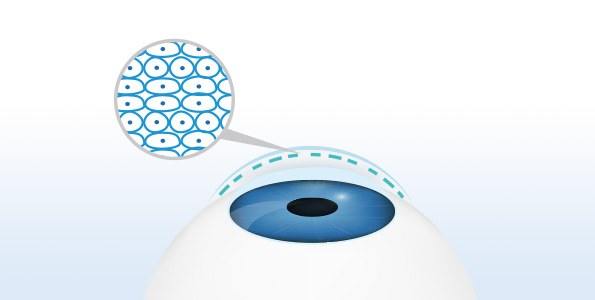
Before
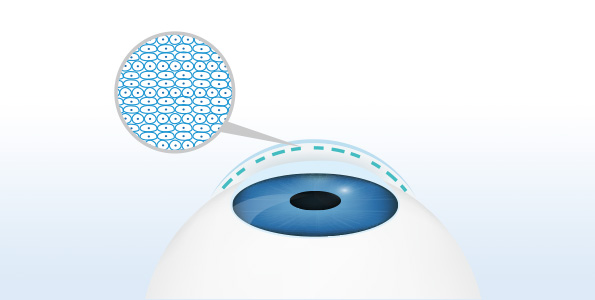
After
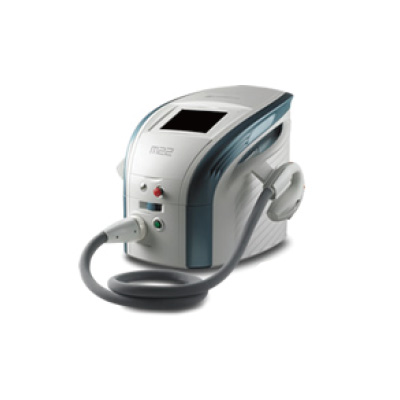
Oasis Laser Treatment with Lumenis IPL M22
Intensive Pulsed Light (IPL) therapy is a new way of treating dry eye syndrome. The method has proved to be very effective even in patients with severe eye dryness. IPL therapy is a quick procedure after which patients may notice immediate improvements.
A light pulse is used to treat the skin around the eyes, which decreases inflammation, helps to unclog Meibomian gland for a better tear production.

What is the follow-up schedule after the vision correction surgery?
SMILE LASIK or LASIK: 1 day after or 1 week after (mandatory), 1 month after (if needed).
LASEK: (post-surgery care is extremely important to prevent corneal opacity): 5 days after (to take off protective lenses), 1 week after, 1 month after, every 1-2 months for 4-6 months (the patient has to use steroid eye drops up to 5-6 months after surgery).
ICL: 1 day after, 3 days after, 1 week after, 1 month after, 3 months after, then regular check-ups every 6 months ~ 1 year.
Can I get laser vision correction if I am pregnant or breastfeeding?
Pregnant and breastfeeding women are not advised to undergo laser vision correction, as hormonal changes can cause visual fluctuations. In addition, antibiotics and steroidal eye drops are prescribed after the surgery which may possibly have an effect on lactation.
If you are planning a pregnancy, please make sure you allow around 6 months for your cornea and vision to stabilize after the surgery.
If you are a breastfeeding mom, please first stop nursing and give your body a month to go back to its stable condition.
Am I a candidate for vision correction?
- Age, general health, lens prescription, and the health of your eyes are just a few factors to consider. If you have an eye disease, unstable vision, an uncontrolled systemic disease, or are pregnant and/or nursing, you might not be a candidate for refractive surgery.
Will I be able to see right after the procedure?
- Most patients notice an immediate improvement of their vision following the procedure. Naturally, you will experience some intermittent blurriness immediately after the procedure, but this usually clears up within a few hours.
Does it hurt?
- Most patients experience little to no discomfort during surgery because anesthetic (numbing) drops are administered prior to the procedure. As a result, patients feel only slight pressure while the laser reshapes the cornea.
What if I blink or move my eye during the procedure?
- We will use a small speculum to hold your eyelids open during the procedure; so blinking is not a concern. You will focus on a blinking light during the procedure. Uncontrollable movements of the eye are expected, and the advanced lasers used for refractive surgery include an eye tracker, which follows these movements to ensure the accurate delivery of laser pulses.
Are there any side effects?
- Patients may experience dry eyes following the procedure, which are remedied through the use of artificial tears. Other common side effects are glares and halos and they typically disappear in 6 months after the procedure but may last up to 1 year. Patients usually experience this discomfort whenever they are exposed to bright lights like street lights or headlights.


Refrain from wearing contact lenses before eye examination and surgery.
Soft lenses : 5~7 days
Toric lenses : ~10 days
Hard lenses : ~14 days
Ortho-K : ~1 month

Please bring your glasses with you.

Pupil dilation is performed to examine the health of the optic nerve and retina. It can cause trouble focusing on close objects for 3-4 hours. It is not recommended to drive on the same day.
(Patients are advised to take public transport)

Avoid drinking and smoking for 1 week.

For the first 2 weeks after surgery be careful while driving at night.

Use sleeping goggles for 2 weeks (LASEK & LASIK). Sunglasses to be used for protection from UV light for 6 months.
Use of UV protection and sleeping goggles is not required for SMILE surgery.

No eye makeup for 3 weeks (SMILE – 1 week).
Face makeup after 1 week (SMILE – the next day).

No water in eyes
LASEK for 5 days
LASIK for 3 days
SMILE-on the day of surgery.

Avoid heavy workout, dying hair, sauna, spa and public pools for 1 month.
(1 week after SMILE surgery)

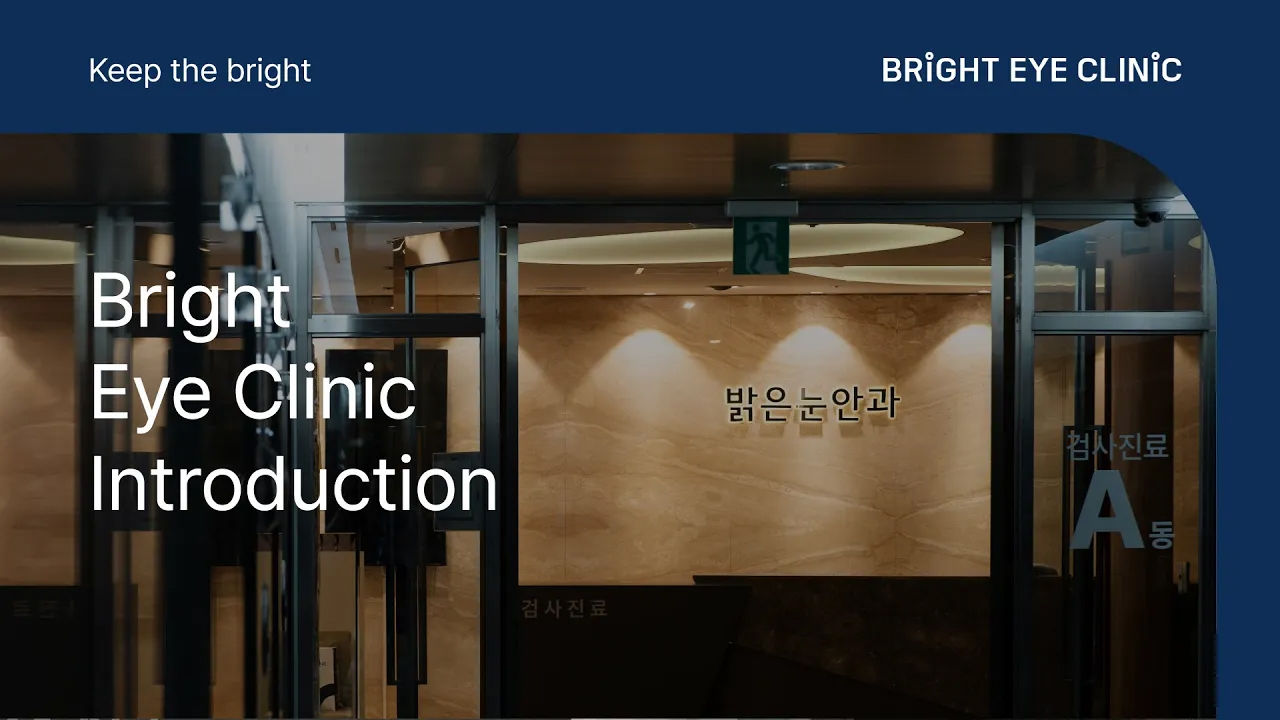
Bright Eye Clinic Gangnam Introduction



11F Lotte World Tower, 300 Olympic-ro,
Songpa-gu, Seoul, Korea Zip: 05551
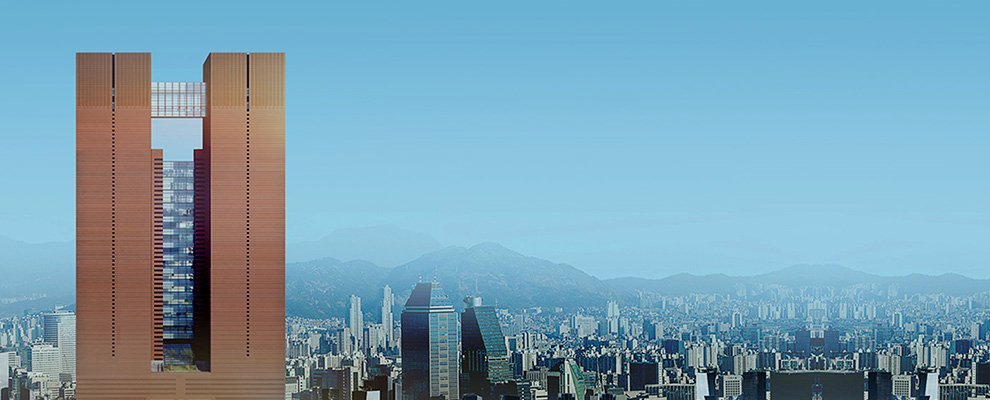
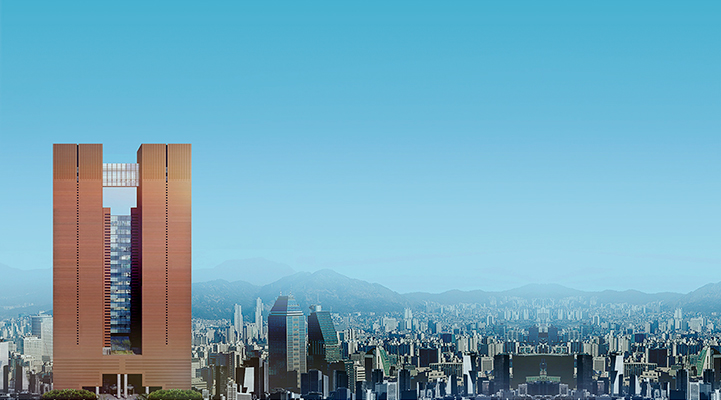
15F Kyobo Tower Bldg, 1303-22 Seocho-dong,
Seocho-gu, Seoul, Korea Zip: 06611
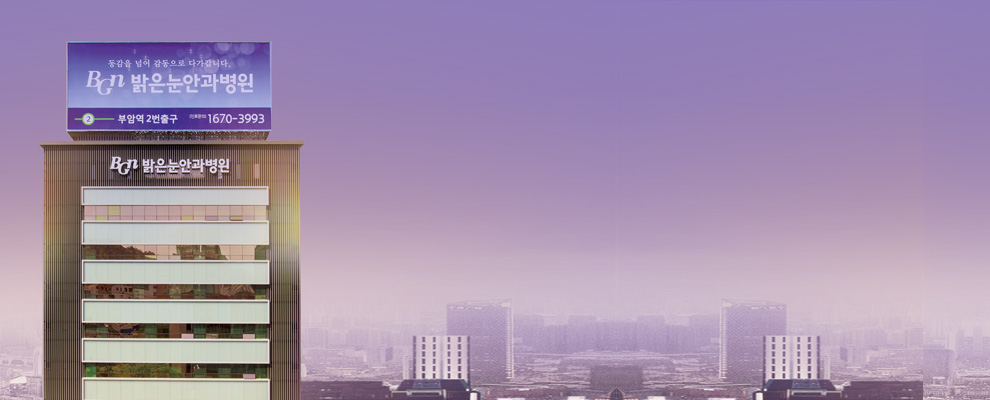
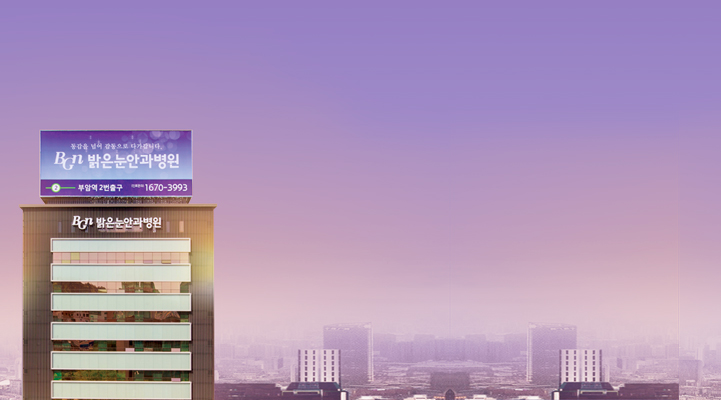
729,Gaya-daero,
Busanjin-gu, Busan Zip : 47195
Tel1670-3993Mobile+82 10 7670 3995
E-mailmaria@bgnhospital.com
Kakaotalkeye1004bgnbusanFBeyehospitalinkorea